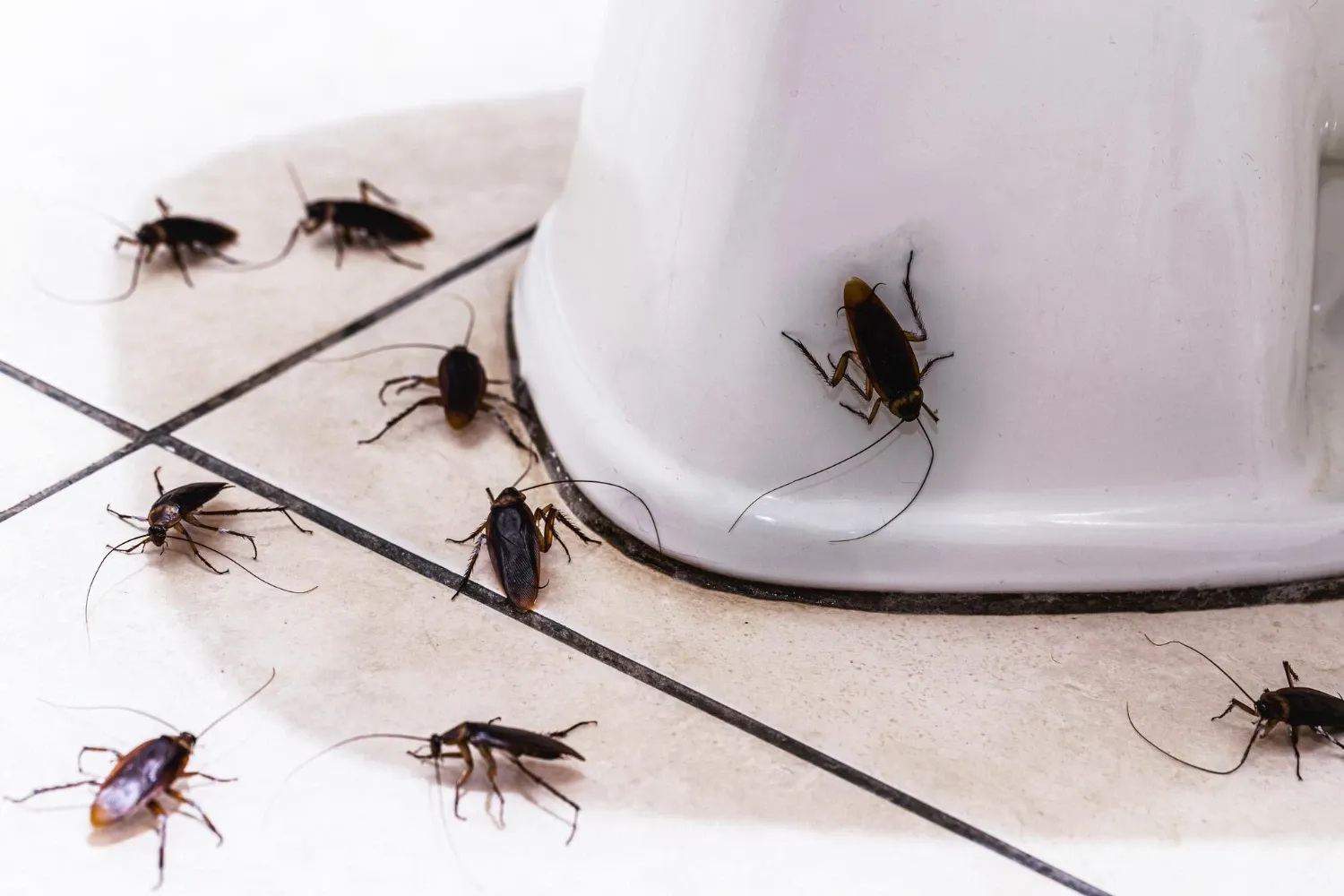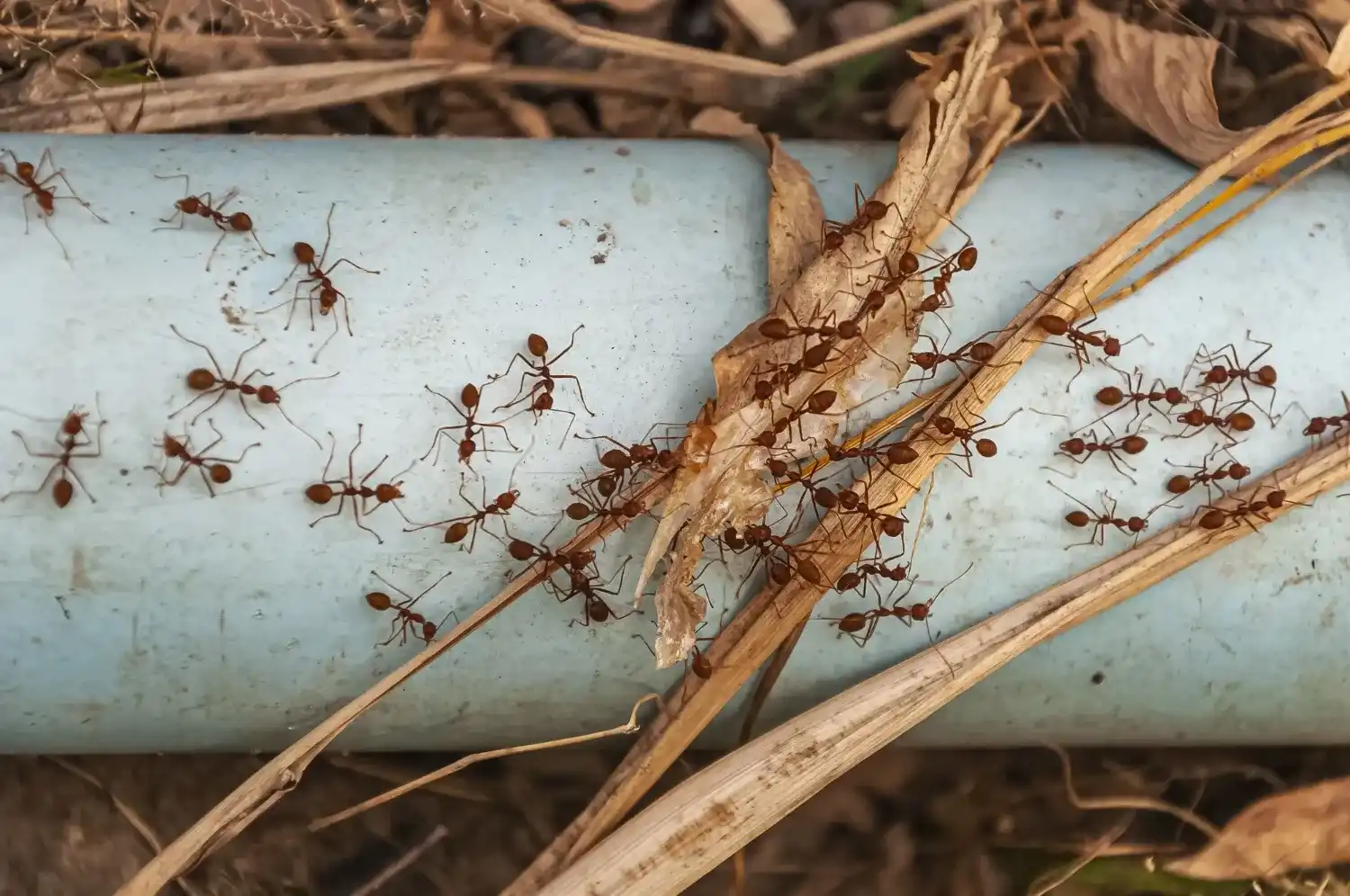Common Pest Control Problems In Texas
Common Pest Control Problems In Texas
Are you tired of battling pesky pests in your home? You’re not alone. Texas, with its warm climate and diverse landscape, is no stranger to pest control problems. From relentless mosquitoes to stubborn rodents, Texans face a range of pest issues throughout the year. But fear not, as help is at hand.
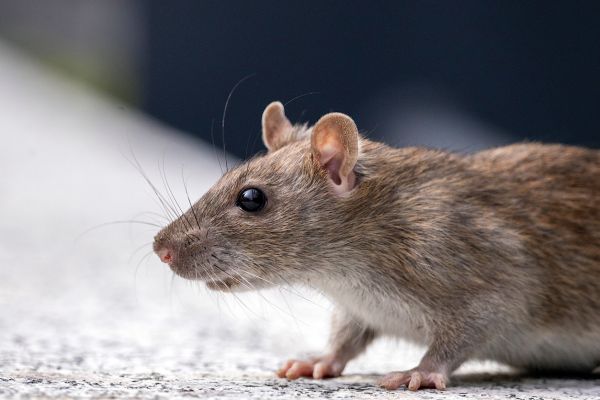
In this article, we will explore some of the common pest control problems faced by homeowners in Texas. We’ll delve into the challenges of dealing with ants invading your kitchen, termites wreaking havoc on your property, and the annoyance of spiders spinning their webs in every corner. We will also provide you with expert tips and effective strategies to keep these critters at bay and restore peace to your home.
Whether you’re a new homeowner or a long-time resident, understanding the common pest control challenges specific to Texas is essential. So, let’s roll up our sleeves and get ready to tackle those uninvited guests. With our guidance, you’ll be equipped to maintain a pest-free home and enjoy the beauty of the Lone Star State without any unwanted visitors.
Types of Pests Commonly Found in Texas
Texas is home to a variety of pests, thanks to its climate and diverse ecosystem. Some of the most common pests encountered by homeowners in the Lone Star State include mosquitoes, ants, termites, spiders, rodents, cockroaches, and bed bugs.
The Hidden Spots That Attract Pests in Your Workplace
Let’s talk about something that makes everyone squirm, unwelcome office pests. Those sneaky cockroaches that not only give you the creeps but can actually trigger allergies and asthma attacks. And don’t get me started on those pesky rodents who think your electrical wires are their personal chew toys!
Your office might be rolling out the red carpet for these uninvited guests without you even realizing it. Picture this… Cozy corners with food crumbs, water sources, and plenty of hiding spots. It’s basically a five-star hotel for ants, mice, and those annoying drain flies. We’ve seen enough workplace pest situations to know that keeping these critters out takes more than just crossing your fingers.
Ready to take back control of your workspace? Stick with us through this guide. We’ll uncover those sneaky pest hideouts lurking in your workplace and tackle them head-on with some practical, no-nonsense prevention strategies. Time to show these uninvited guests the door and keep your office a healthy, comfortable space for the only occupants who should be there – you and your colleagues!
Hidden Structural Vulnerabilities That Attract Pests
- Those sneaky cracks in foundations and gaps around utility lines – they’re like tiny welcome signs for pests
- Space between your walls and floors? Prime real estate for pests
- Plumbing fixtures & pipes create doorways for these crafty critters
- And don’t get me started on those crawl spaces and damp areas
Secret Pest Hotspots in Break Rooms and Kitchens
Oh boy, let us tell you about break rooms and kitchens! They’re like an all-inclusive resort for workplace pests. We can’t count how many times we’ve walked into a seemingly clean break room only to discover it’s actually a pest paradise. Those pesky fruit flies buzzing around? They’re just the tip of the iceberg.
Want to know what really makes pests throw a party in your break room?
- That forgotten banana turning brown on someone’s desk
- The coffee spill nobody bothered to clean up properly
- That dripping faucet everyone ignores
- The trash can that’s screaming “all-you-can-eat buffet”
- Food containers with lids that might as well be welcome mats
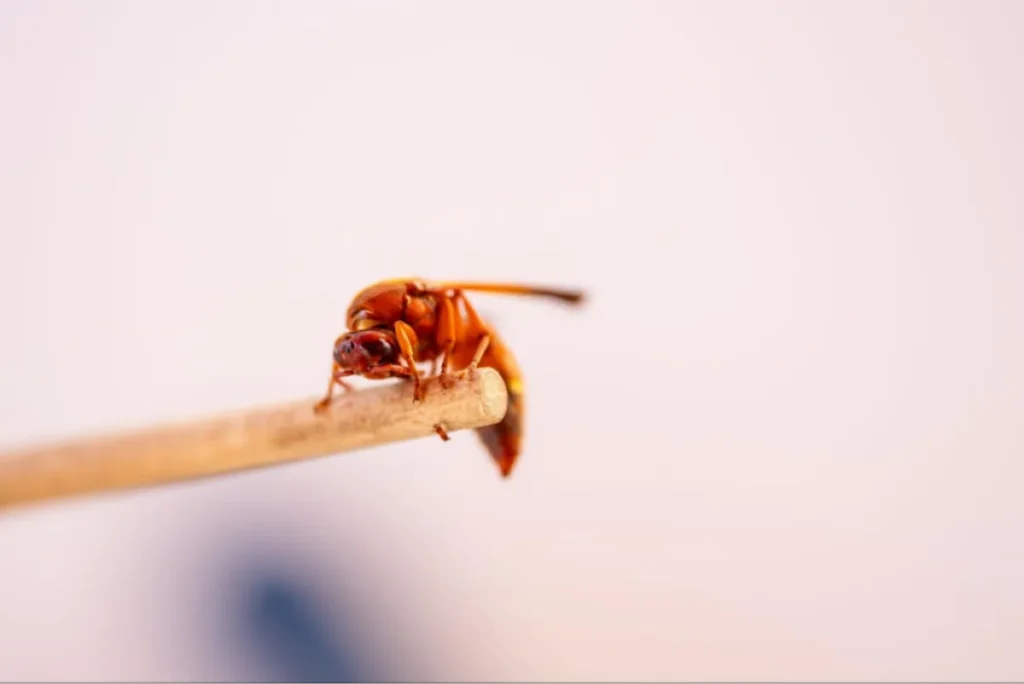
You wouldn’t believe the feast that rodents and cockroaches find in kitchen areas. Those tiny crumbs under the cabinets? That’s fine dining for these uninvited pests.
Unexpected Office Areas Prone to Pest Activity
Just when you think you’ve got all your pest-prone areas covered, these sneaky creatures find the most surprising hiding spots! We’ve discovered pest parties in places that would make your jaw drop.
- That comfy office chair you’re sitting in right now (yes, really!)
- Your fancy server rooms and data centers
- Those innocent-looking electrical outlets and light fixtures
- That peeling wallpaper nobody’s fixed yet
- The space behind your meeting room whiteboard
Are You Dealing With Unwanted Office Pests?
By sending us a message you agree to our Terms and Conditions and Privacy Policy.
Workplace Pests FAQs
What are some common hidden spots that attract pests in workplaces?
How can break rooms and kitchens contribute to pest problems in offices?
Are there unexpected office areas that can harbor pests?
Why are server rooms and data centers particularly vulnerable to pest infestations?
What are some effective prevention strategies for workplace pest control?
Why Local Pest Control Experts Keep Your Home Safer
Local Expertise for Pest Control Safety
Pest control is a lot like knowing your favorite fishing spot. Sure, anyone can throw a line in the water, but locals know exactly where the fish bite. That’s exactly how pest control works in your neighborhood. Take coastal areas as an example, they’re like an all-inclusive resort for moisture-loving bugs that you won’t find inland.
- They know when different critters start causing trouble in your area
- They’ve got all those pesky building codes memorized
- They’re familiar with every pest that calls your neighborhood home
- They’re just around the corner when you need them
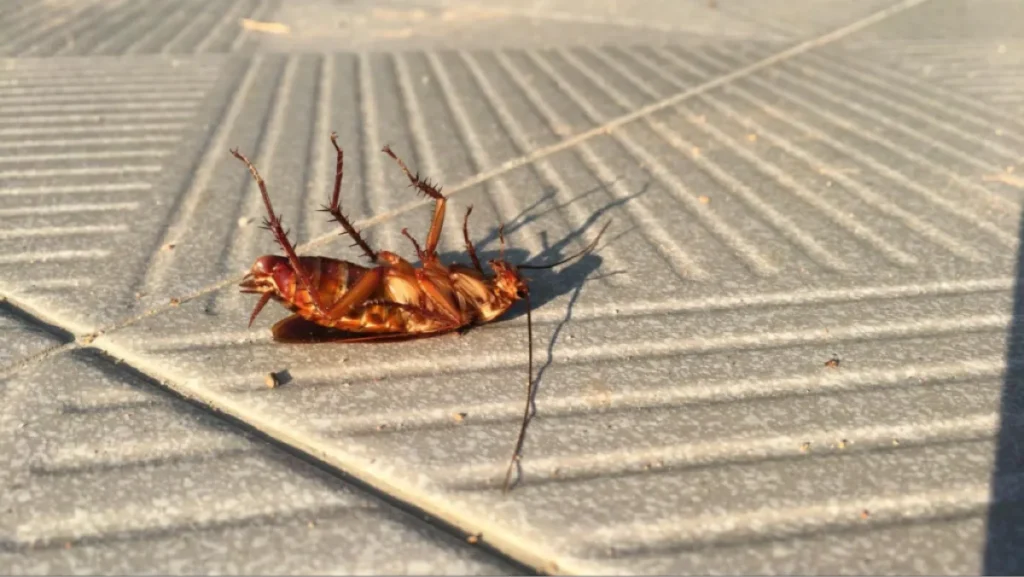
Advanced Safety Protocols of Local Pest Control Services
Here's how we keep you and your Texas family safe!
- We try the gentle stuff first – no chemicals unless we absolutely need them
- We’ve got these cool sensors keeping watch 24/7 (think of them as your home’s security guards)
- Every home gets its own special game plan – no cookie-cutter solutions here
- We use earth-friendly methods that won’t harm your two-legged or four-legged family members
Here’s the bottom line – whether you’re in Rockport, Portland, Victoria, or Corpus Christi, we’re not just pest controllers. Think of us as your neighborhood protection squad, armed with the smartest tools and safest methods in the business. Your safety isn’t just important to us – it’s everything.
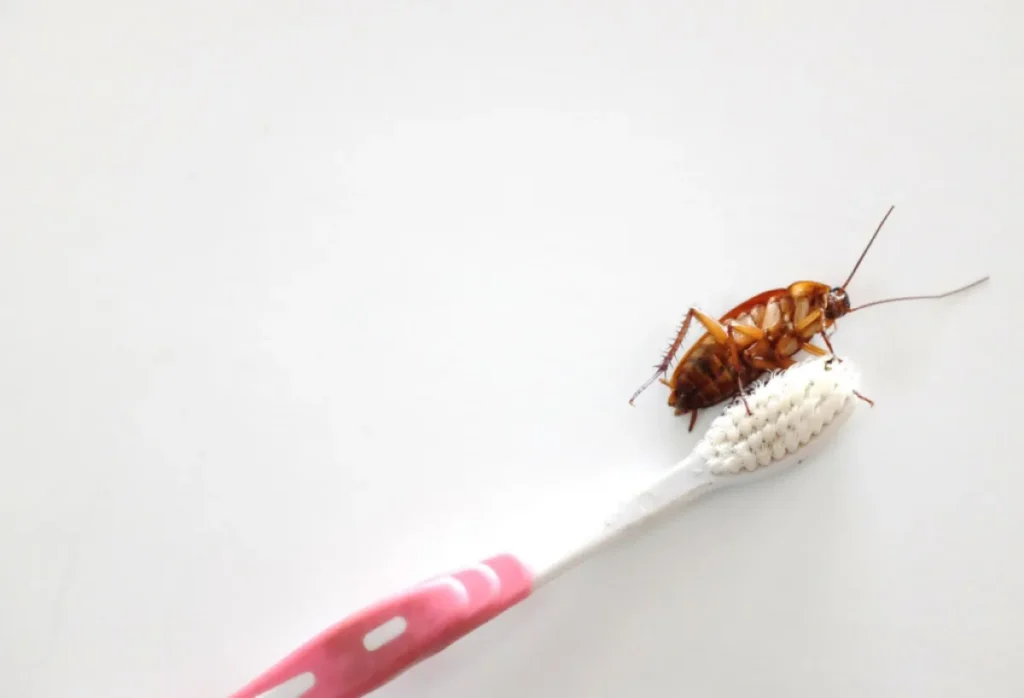
Emergency Response & Intervention Benefits
Ever had uninvited guests show up at the worst possible time? Well, pest emergencies are kind of like that… except these pests can cause real trouble. Think of us as your pest emergency response team for bugs and critters. With our track record of happy customers and pest-free homes, you can kick back knowing we’ve got your back when trouble comes knocking.
Contact Precision Pest Control in Texas!
Keeping bugs and critters out of your home isn’t as simple as grabbing a can of spray from the store. It takes someone who knows your neighborhood, understands the latest safety tricks, and shows up fast when you need help.
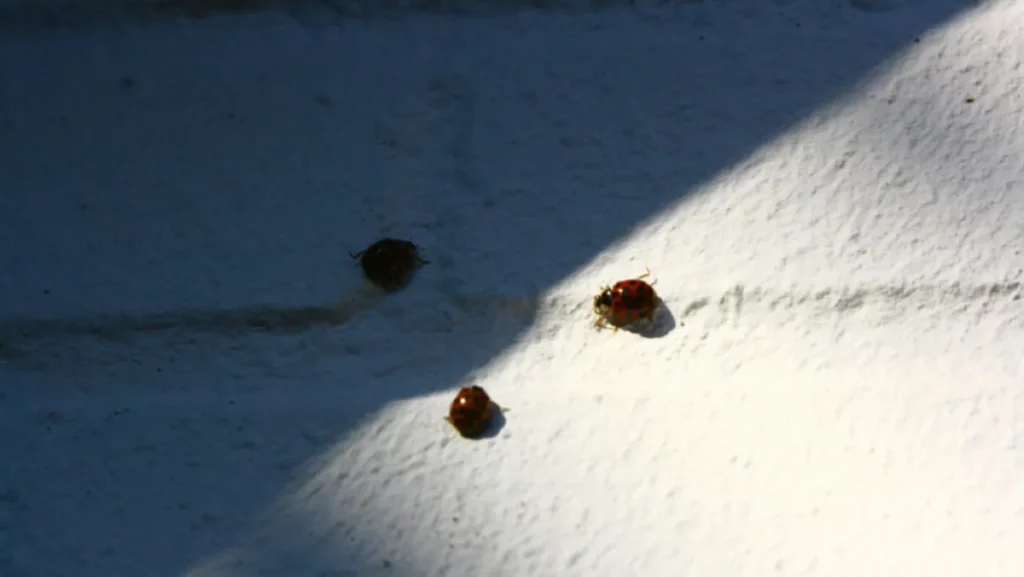
We’re not just any pest control company – we’re your neighbors who happen to know every inch of the Coastal Bend and South Texas. We’ve got gadgets to spot trouble early & ways to kick pests out that keep your family safe!
Those little pest problems you’re seeing today? They won’t fix themselves, and they could end up costing you big time in repairs or even doctor visits. Why take that chance? Give us a shout at Precision Pest Control.
By sending us a message you agree to our Terms and Conditions and Privacy Policy.
Local Pest Control FAQs
How soon can I return home after pest control treatment?
Are professional pest control methods safe for my family?
What makes local pest control experts more effective?
How quickly can I expect a response to a pest emergency?
What advanced safety measures do modern pest control services use?
Pest Control: Signs Your Warehouse Requires Immediate Attention
Common Warehouse Pests and Their Signs
Rodents (droppings, gnaw marks, nests)
Rats and mice create the most threats to warehouse operations through several warning signs. Rodent droppings contain harmful pathogens and appear as dark pellets along walls and near food storage areas. Active infestations show gnaw marks on packaging, electrical wiring, and structural elements. Dark and secluded areas often reveal rodent nests made from shredded paper, cotton, and packing materials.
Insects (cockroaches, ants, beetles)
You can spot ant infestations through→
- Visible trails along walls and entry points
- Soil mounds near building exteriors
- Sawdust trails near wooden structures (carpenter ants)
Birds (droppings, nests, feathers)
High-Risk Areas for Pest Infestations
Warehouse managers need to focus on specific zones where pest control management needs to work well. These high-risk areas require special attention, and understanding them helps managers create targeted prevention plans.
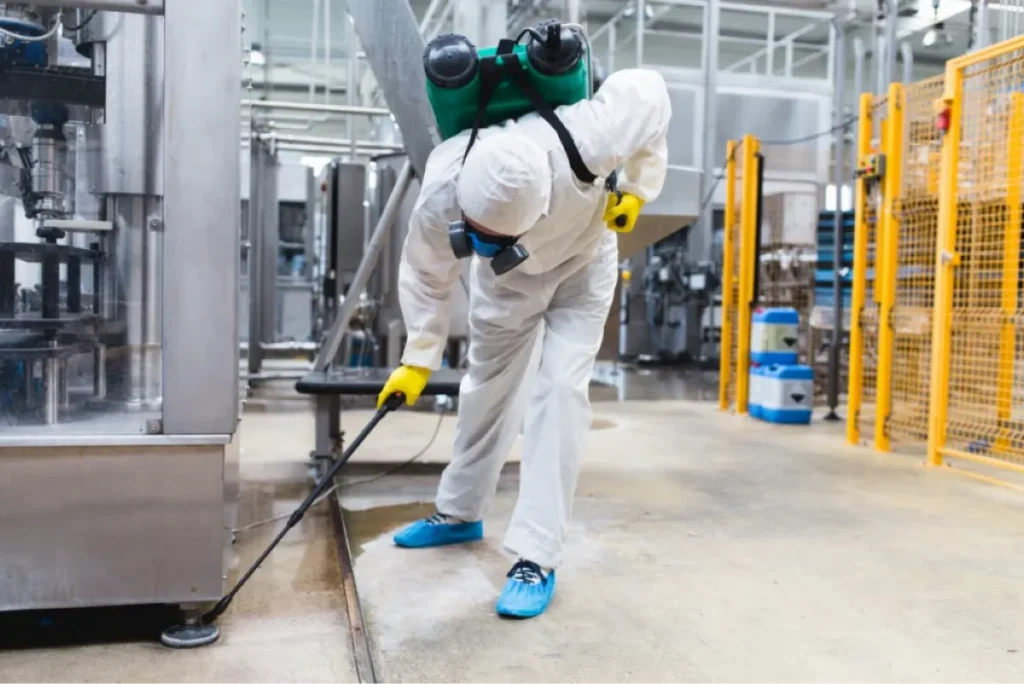
Loading docks and entrances
Storage areas and shelving units
Food storage and preparation areas
- Proper sealing of food containers and packaging
- Regular rotation of stored products
- Immediate cleanup of spills and food debris
- Monitoring of temperature and humidity levels
Waste management zones
Immediate Actions for Pest Control
Warehouse pest control works best through quick, coordinated action at the time infestation signs appear. Professional pest management teams use systematic methods that tackle current problems and establish lasting control measures.

Complete inspection and documentation
- Entry points and structural vulnerabilities
- Moisture sources and drainage systems
- Product storage conditions and rotation patterns
- Historical pest activity records
- Environmental factors affecting pest presence
Sealing entry points
Better Sanitation Practices
- Clean up all debris and remove damaged products
- Set up proper waste containers and disposal systems
- Create regular cleaning schedules in areas with high risk
- Fix drainage systems to control moisture problems
- Design clear protocols to handle spills quickly
Long-Term Pest Prevention Strategies
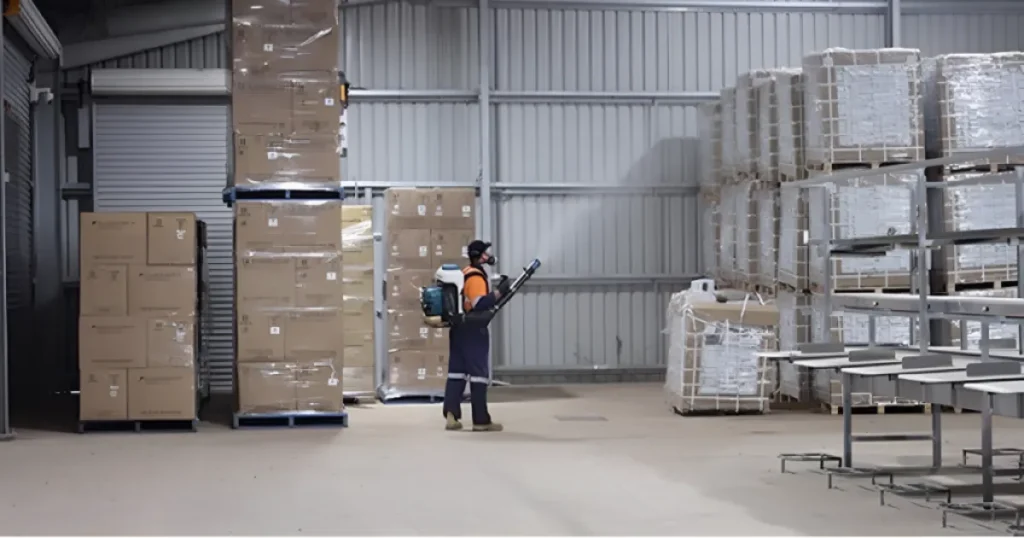
Regular pest control inspections
- Structural vulnerability assessments
- Moisture level monitoring
- Harborage point identification
- Documentation of pest activity patterns
- Environmental risk evaluation
Staff training on pest identification
- Recognition of common pest species
- Understanding of pest behavior patterns
- Proper documentation methods
- Communication protocols for sightings
- Prevention best practices
Integrated Pest Management (IPM) approach
Upgrading facility infrastructure

These Are The Signs Your Warehouse Requires Immediate Attention
Any Questions?
What should be first when detecting pests in your facility?
What steps should you take if you observe indications of pests?
What items are “a must” to include in a pest control contract?
How can you determine if your pest control measures are working?
How to Set Up a House Pest Control Plan Quick and Easy
Pests invade millions of homes yearly and cause property damage while putting families’ health at risk nationwide. A smart pest control strategy helps homeowners shield their spaces from common invaders like ants, spiders, and rodents. Your home stays safer and cleaner when you set up pest management that saves time and money.
Assess Your Home's Pest Vulnerabilities
Common entry points
- Foundation cracks (as small as ⅛ inch)
- Gaps around utility lines and vents
- Improperly sealed doorways and windows
- Roof vents and chimney openings
- Damaged window screens and door sweeps
Attractive conditions for pests
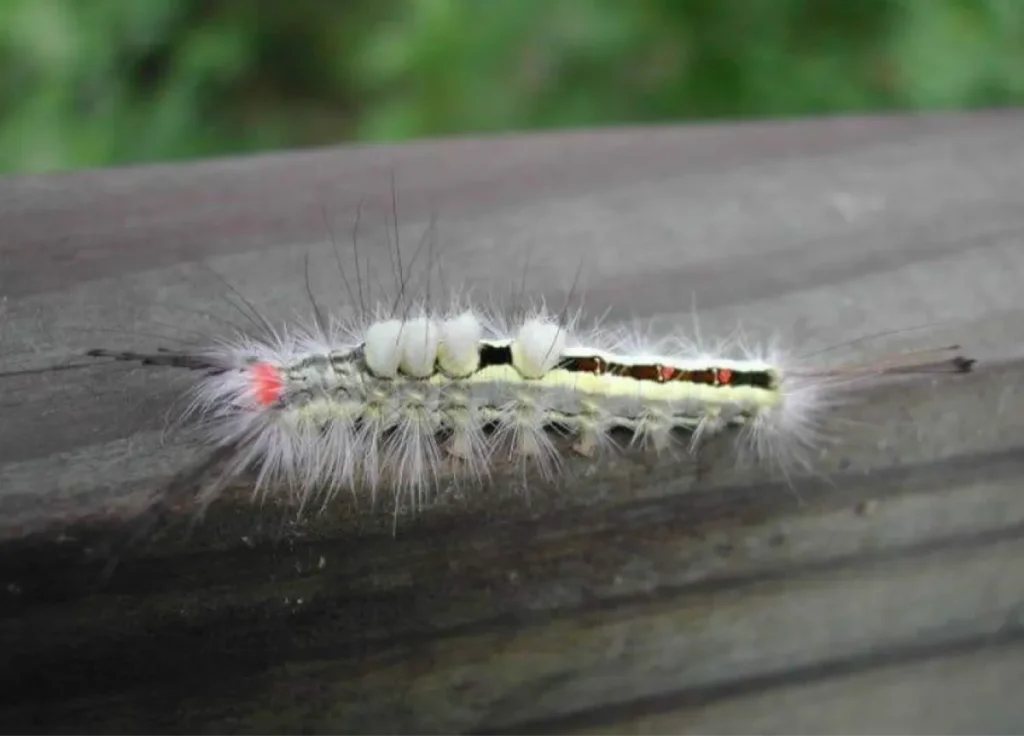
Seasonal pest patterns
Weather patterns substantially affect how pests behave throughout the year.
|
Season |
Pest Activity |
|
Spring |
Increased insect activity, termite swarming, ant colonies seeking higher ground |
|
Summer |
Peak pest activity, especially for ants and mosquitoes |
|
Fall |
Rodents and insects seeking indoor shelter |
|
Winter |
Overwintering pests in homes, reduced outdoor activity |
Create a Preventive Maintenance Schedule
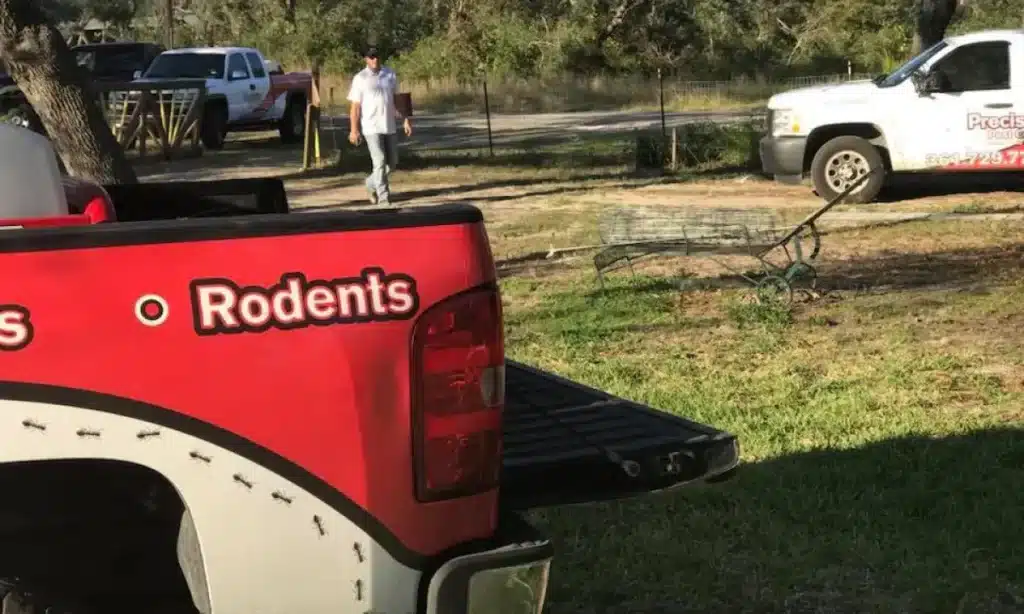
Monthly tasks
Monthly maintenance helps you spot pest issues early.
|
Area |
Tasks |
|
Kitchen |
Check for leaks, clean surfaces, inspect food storage |
|
Bathroom |
Monitor plumbing, repair drips, check seals |
|
Exterior |
Inspect foundation, clean gutters, check screens |
|
General |
Test smoke detectors, vacuum really well, monitor dark spaces |
Quarterly tasks
- Clean deeply behind major appliances and furniture
- Check and fix weather stripping around doors and windows
- Maintain and clear outdoor drainage systems
- Look for new cracks or damage in the roof and foundation
- Keep vegetation 12 inches away from house walls
Annual inspections
- Structural check for termite damage and wood-destroying insects
- Complete property inspection for signs of pest activity
- A review of how well previous pest control measures worked
- Professional treatment of potential problem areas
- Clear records of findings and prevention recommendations
Implement Effective Pest Control Methods
Natural deterrents
|
Natural Solution |
Target Pests |
Application Method |
|
Essential Oils |
Ants, Spiders |
Spray mixture with water |
|
Diatomaceous Earth |
Crawling insects |
Powder application |
|
Citrus Peels |
Place near entry points |
|
|
Neem Oil |
Multiple insects |
Diluted spray |
Chemical treatments
Professional services
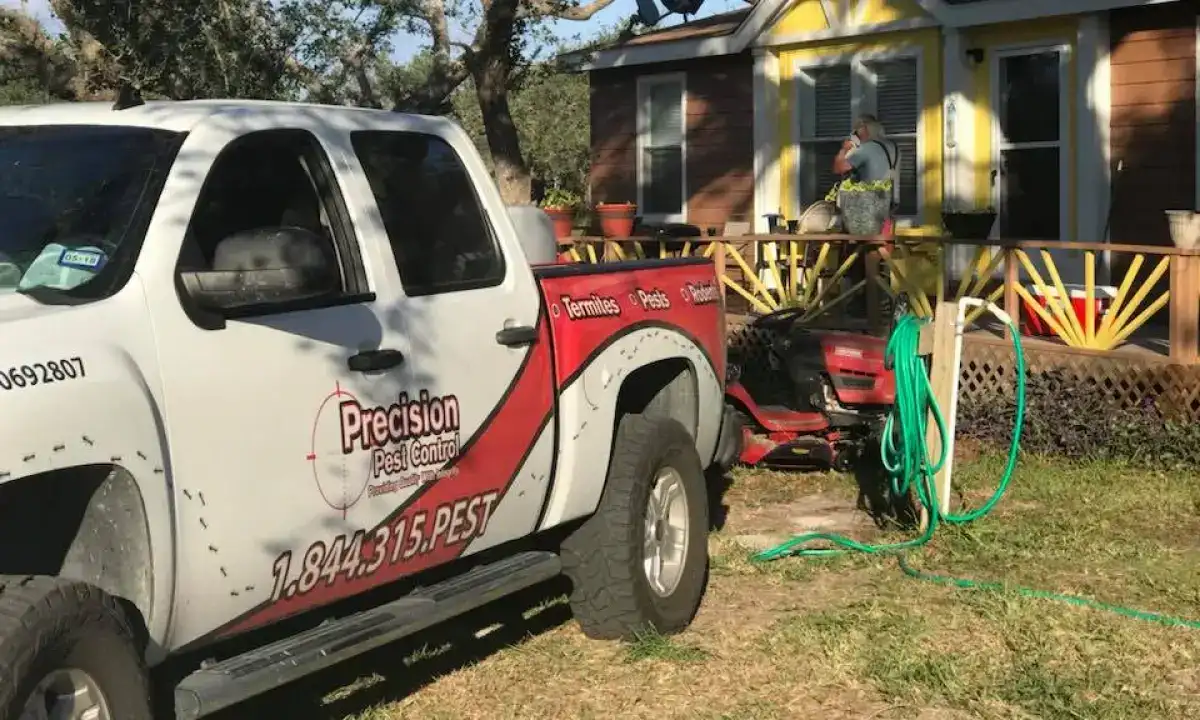
Professional pest control services provide the needed expertise when dealing with bad pest problems. They offer advanced treatment methods, along with precise pest identification to ensure effective solutions. Long-term prevention strategies are put into action to limit the likelihood of recurring issues, while safe chemical application expertise ensures both efficacy and safety. Additionally, regular monitoring and adjustments to control methods help maintain a pest-free environment over time.
Your decision to involve professional services depends on how severe the infestation is, what type of pest you have, and whether your current control methods work. Most homeowners get the best protection against common household pests by combining DIY methods with regular professional treatments.
Monitor and Adjust Your Plan
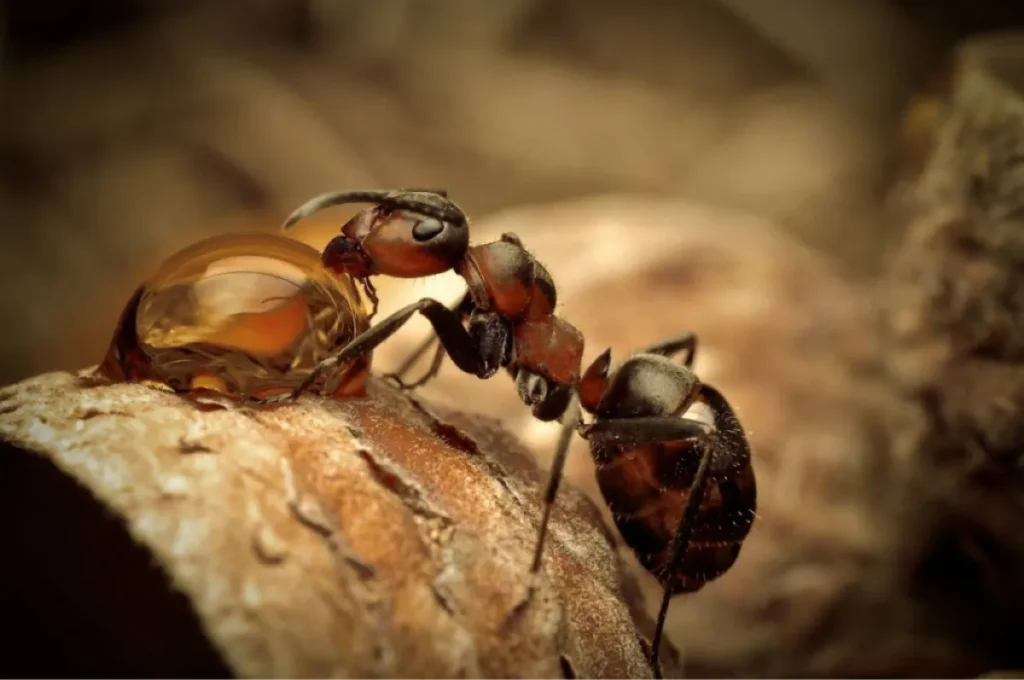
Remember to keep a pest activity log!
A record of pest activity helps identify patterns and assess control measures.
|
Recording Element |
Details to Include |
|
Date and Time |
At the time pest activity or treatment occurred |
|
Location |
Specific areas where pests were found |
|
Pest Type |
Identification of observed pests |
|
Treatment Applied |
Methods and products used |
|
Results |
Effectiveness of control measures |
Updating strategies as needed
Pest control strategies must remain flexible to be effective, requiring updates when conditions change. Environmental factors might prompt adjustments to treatment methods, and each season brings new challenges as pests behave differently. When current methods lose their effectiveness, it’s essential to consider new solutions.
Most experts recommend a quarterly review of pest control strategies. During this review, they assess whether different treatments are needed, upgrade prevention measures, and incorporate new control technologies where beneficial. Property owners should also communicate regularly with their pest control teams to identify any necessary plan adjustments. Keeping a detailed record of these changes and their results provides valuable insights for future pest management decisions, helping to maintain an adaptive, effective control system.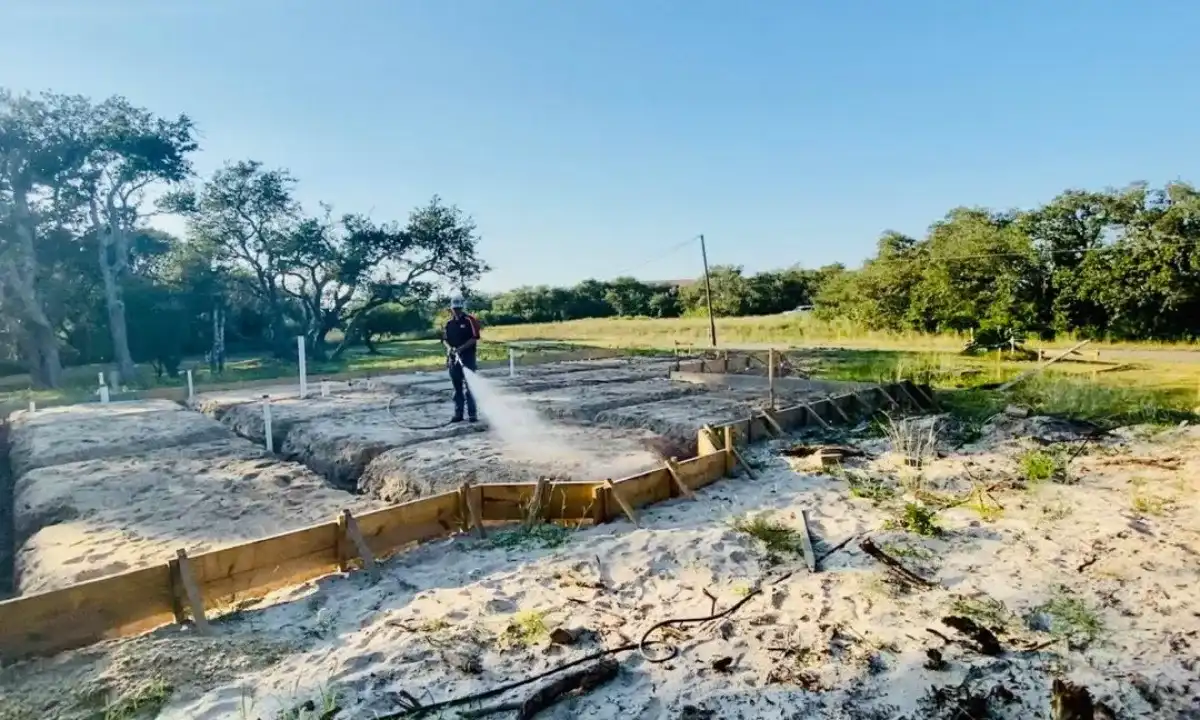
Pest Control Plans Should Always Be Quick and Easy
Precision Pest Control
Experienced, Committed, and Ready to Serve
Pest Control Plans FAQs
1. How can I develop a pest management plan for my property?
- General information about the property.
- Instructions for occupants on how to report pest sightings.
- Methods for notifying tenants about pest issues.
- A schedule for routine pest inspections.
2. What steps should I take to prepare my home for a pest control visit?
- Cleaning the house thoroughly.
- Following the technician’s advice.
- Sealing food containers and covering open food.
- Covering children’s toys.
- Vacuuming floors.
- Disposing of garbage.
- Turning off fish tanks.
- Preparing for specific types of pests as advised.
3. What should be included in a pest control contract?
- Identification of the involved parties and their contact details.
- A detailed scope of services provided.
- Duration of the contract and the schedule for services.
- Total cost and payment terms.
- Any warranties or guarantees offered.
- Details regarding insurance coverage
4. What is the typical cost of pest control services per month?
5. Is it better to have regular pest control services or should I only use them when needed?
By understanding the types of pests commonly found in Texas, homeowners can take proactive measures to prevent infestations and protect their properties.
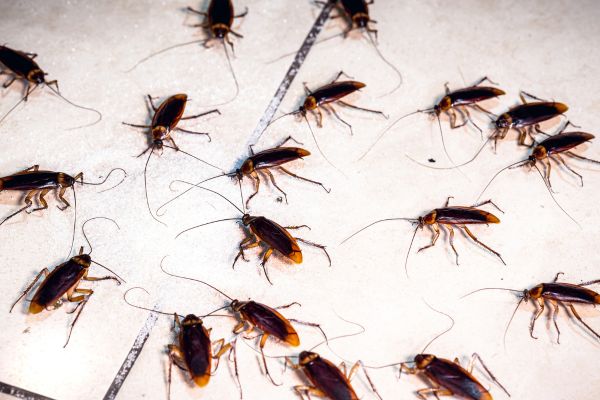
The Impact of Pests on Homes and Businesses
Pests can have a significant impact on both residential and commercial properties in Texas. From property damage to health risks, these unwanted guests can cause a range of problems.
Property Damage
Termites, rodents, and even certain types of ants can cause extensive damage to buildings and structures. Termites, in particular, can weaken the integrity of wooden structures, leading to costly repairs and compromised safety.
Health Risks
Many pests can pose health risks to humans and animals. Mosquitoes are known carriers of diseases such as West Nile virus and dengue fever, while rodents can spread diseases like leptospirosis and hantavirus. Cockroaches and bed bugs can trigger allergies and asthma attacks in sensitive individuals.
Contamination
Pests like rodents and cockroaches can contaminate food and surfaces with their droppings, urine, and saliva. This can lead to foodborne illnesses and increase the risk of infections.
Mental and Emotional Distress
Dealing with a pest infestation can be emotionally taxing. The constant presence of pests, the fear of bites or stings, and the inconvenience of having to constantly clean and sanitize can take a toll on one’s mental well-being.
Financial Costs
Pest infestations can result in significant financial costs. From the expenses of hiring professional pest control services to the costs of repairing damaged property, the financial burden can be substantial.
Understanding the impact pests can have on homes and businesses in Texas highlights the importance of proactive pest control measures.
Signs of Pest Infestation in Texas
Detecting a pest infestation early is crucial to prevent further damage and mitigate health risks. Below are some common signs of pest infestations in Texas homes!
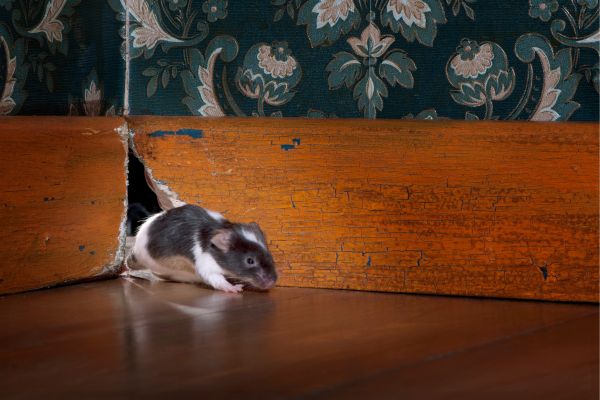
Visible Pest Sightings
Spotting pests during the day or finding their droppings, shed skin, or eggs is a clear indication of an infestation. Keep an eye out for live or dead pests in your home or business.
Unusual Noises
Scratching, scurrying, or squeaking sounds coming from walls, ceilings, or attics may indicate the presence of rodents or other pests.
Bite Marks or Skin Irritations
Waking up with unexplained bite marks or experiencing skin irritations can be a sign of bed bugs, fleas, or mites in your home.
Damaged Property
Holes in wood, chewed wires, gnaw marks, or damaged furniture can indicate the presence of pests like termites or rodents.
Foul Odors
Strong, unpleasant odors that persist even after cleaning could be a sign of a pest infestation, particularly if the smell resembles ammonia or a musty, sweet scent.
Nesting or Webbing
Finding nests, webs, or cocoons in corners, ceilings, or dark spaces can indicate the presence of spiders or other pests.
If you notice any of these signs, it’s important to take immediate action to prevent the infestation from worsening and seek professional help if necessary.
DIY Pest Control Methods for Texas Residents
While professional pest control services are often the most effective solution, there are several DIY methods Texas residents can employ to help manage pest problems.
Keep a Clean and Tidy Home
Regularly clean and declutter your home to eliminate potential hiding spots and food sources for pests. Vacuum, sweep, and mop floors regularly, and keep countertops and sinks clean.
Seal Entry Points
Inspect your home for gaps, cracks, and openings that pests can use to enter. Seal them with caulk or weatherstripping to prevent pests from gaining access.
Remove Standing Water
Mosquitoes breed in stagnant water, so eliminate any sources of standing water around your property. Regularly empty and clean pet water bowls, birdbaths, and drain clogged gutters.
Trim Vegetation
Trim shrubs, trees, and branches away from your home to prevent pests from using them as bridges to enter your property.
Store Food Properly
Keep food in airtight containers and promptly clean up spills and crumbs. This will help deter pests like ants, cockroaches, and rodents from being attracted to your home.
Use Natural Repellents
Certain natural substances, such as vinegar, peppermint oil, and diatomaceous earth, can help repel pests. For example, spraying a mixture of vinegar and water along ant trails can disrupt their scent trails and discourage them from entering your home.
Keep a Well-Maintained Yard
Regularly mow the lawn, remove fallen leaves, and trim overgrown vegetation to minimize hiding places for pests.
While these DIY methods can be effective in managing minor pest issues, it’s important to remember that professional pest control services may be necessary for more severe infestations or persistent problems.

Preventing Pest Infestations in Texas
Prevention is key when it comes to pest control in Texas. By implementing proactive measures, homeowners can reduce the risk of infestations and maintain a pest-free environment.
Regular Inspections
Conduct regular inspections of your property to identify and address potential entry points and signs of pest activity. Pay special attention to areas such as attics, basements, crawl spaces, and bathrooms.
Seal Cracks and Openings
Use caulk or weatherstripping to seal gaps, cracks, and openings in your home’s exterior, including doors, windows, and foundation walls.
Install Screens
Install window and door screens to prevent mosquitoes, flies, and other flying insects from entering your home.
Maintain Cleanliness
Keep your home clean and tidy to eliminate food sources and hiding spots for pests. Regularly clean floors, countertops, and other surfaces, and promptly address spills and crumbs.
Proper Waste Management
Store trash in sealed containers and dispose of it regularly. Keep outdoor trash bins away from your home’s exterior to minimize attraction to pests.
Landscaping Maintenance
Trim vegetation away from your home’s exterior and ensure proper drainage to prevent moisture buildup, which can attract pests.
Store Firewood Properly
If you have a fireplace or use firewood for other purposes, store it away from your home’s exterior to deter pests like termites and rodents.
Professional Inspections
Schedule regular professional inspections to detect and address potential pest problems before they escalate.
By adopting these preventive measures, homeowners in Texas can significantly reduce the likelihood of pest infestations and maintain a pest-free environment.
Natural Pest Control Solutions for Texas Residents
For those who prefer natural alternatives or have concerns about the use of chemical pesticides, several natural pest control solutions can be effective in managing pests in Texas.
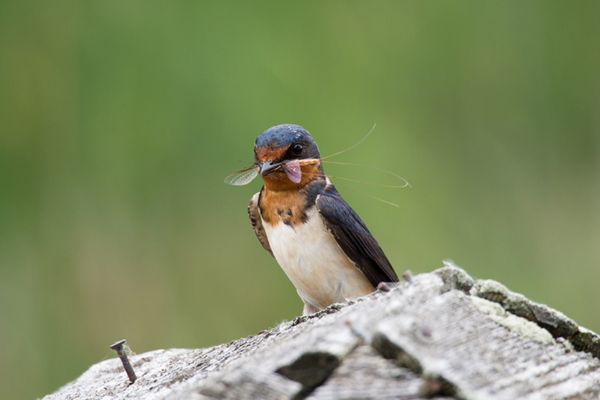
Essential Oils
Certain essential oils, such as peppermint, eucalyptus, and lavender, have insect-repellent properties. Dilute them with water and spray in areas prone to pest activity, such as doorways, windows, and cracks.
Diatomaceous Earth
Diatomaceous earth is a natural substance made from fossilized remains of diatoms. It can be sprinkled in areas where pests frequent, such as entry points, cracks, and behind appliances. The microscopic particles in diatomaceous earth can damage the exoskeleton of insects, leading to dehydration and death.
Natural Predators
Introducing natural predators can help control pest populations. For example, attracting birds to your garden can help control mosquitoes and other flying insects.
Sticky Traps
Sticky traps can be effective in capturing crawling insects like ants, cockroaches, and spiders. Place them in areas where pests are commonly found, such as along baseboards or near entry points.
Physical Barriers
Install physical barriers such as screens, nets, or mesh to prevent pests from entering your home or garden.
While natural pest control solutions can be effective for minor infestations or as preventive measures, they may not always provide complete control for severe or persistent pest problems. In such cases, professional pest control services may be necessary.
Maintaining a Pest-Free Environment in Texas
Understanding the types of pests commonly found in Texas, the impact they can have on homes and businesses, and the signs of infestation is crucial for prompt action. Implementing DIY methods and preventive measures can help control pest populations, but when the problem becomes overwhelming, professional pest control services offer expertise and long-term solutions. From Refugio to Rockport, Portland, Corpus Christi, and down to Kingsville, choose Precision Pest Control to help with all of your pest control needs.

